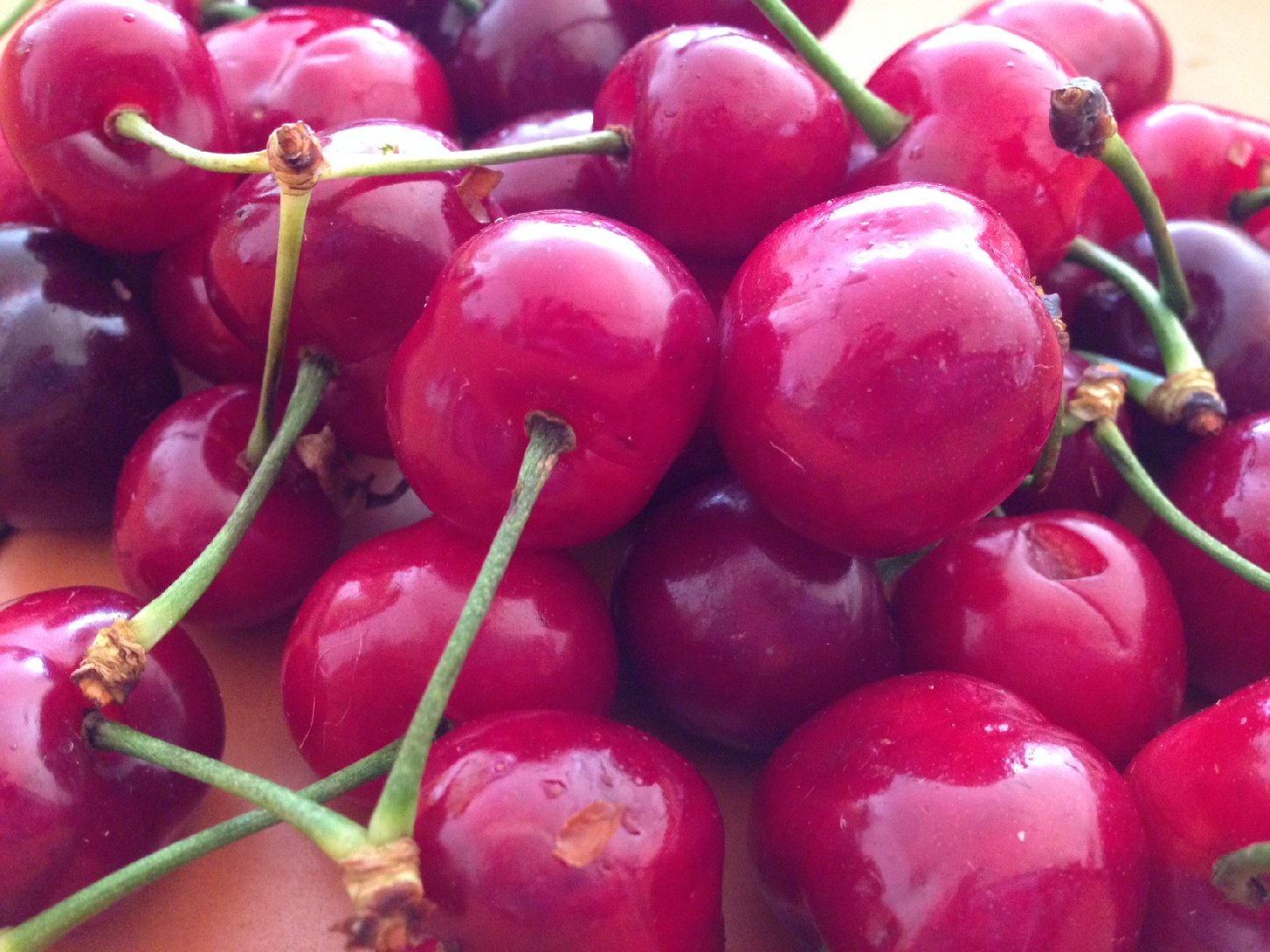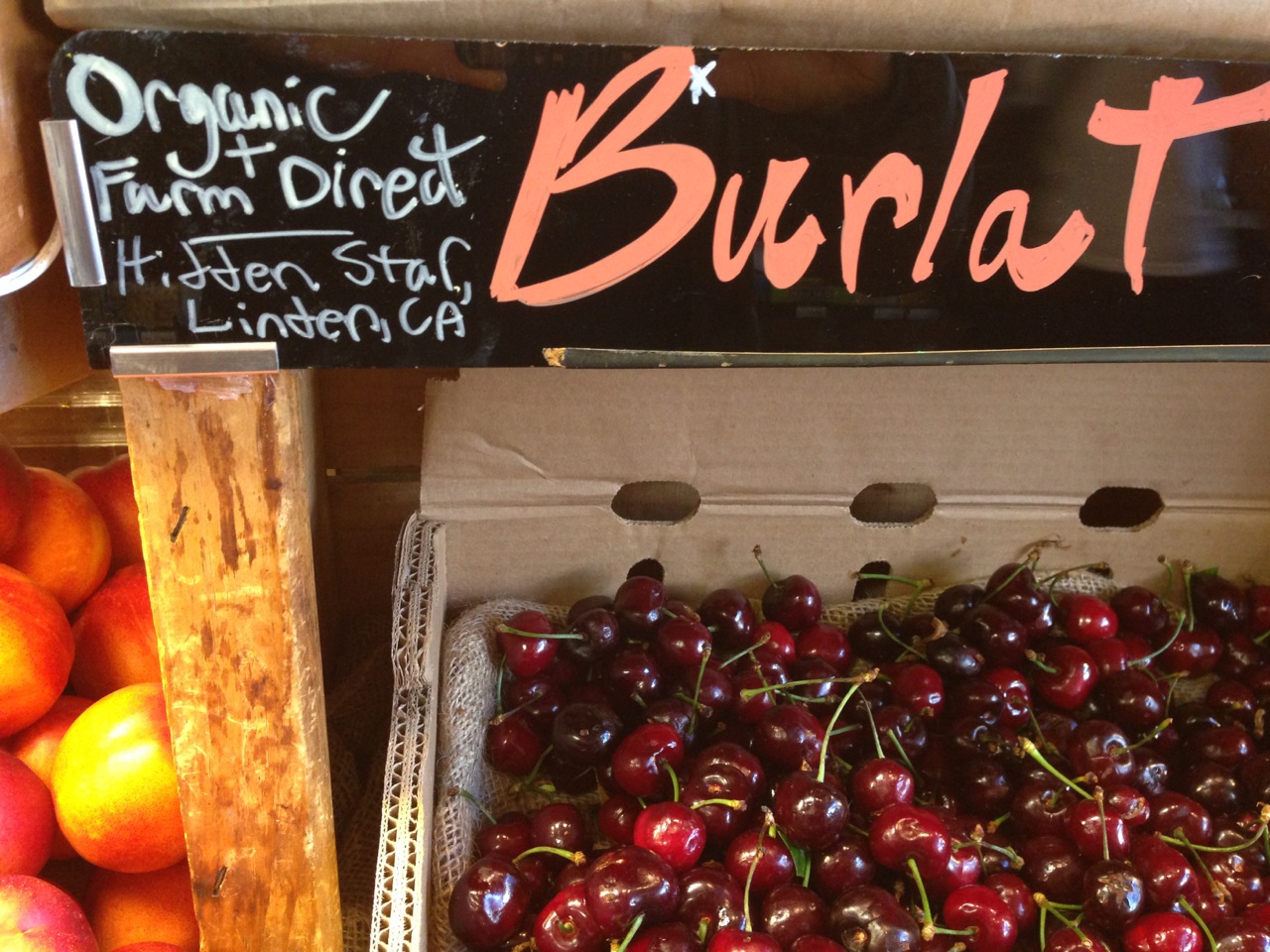Once again, the warm, dry winter threw cherry trees off their game all over the state. California usually delivers the nation’s early season cherries, but with yields down around a third of what they usually are you can expect to pay a whole lot more at the market.
The California Cherry Advisory Board has estimated the crop will be 25-50 percent smaller. That's serious news for the state's agriculture industry. Cherries bring in $200 million dollars a year in California.
Jeff Columbini of Lodi Farming is in the northern part of the San Joaquin Valley, so his cherry crop is only down about 50 percent.
Most cherry tree varieties require a certain number of hours under 45 degrees in the winter. But warm days followed by cold nights throw off a cherry tree. "It does not think winter is over with yet," Columbini says. "It hasn't develop strong buds. And so when temperatures do start warming up in the spring, it's forced out of dormancy and we get a weak, staggered bloom, and most of those flowers do not actually make it into cherries."
What the trees want is a wet, chilly winter with fog that keeps the daytime temperatures under 55 degrees.

